Customer Company Size
Large Corporate
Region
- Pacific
Country
- Australia
Product
- JDA Order Promiser
- JDA Supply Chain Planner
- JDA Inventory Planner
Tech Stack
- Supply Chain Management Software
- Inventory Management Software
Implementation Scale
- Enterprise-wide Deployment
Impact Metrics
- Cost Savings
- Productivity Improvements
- Revenue Growth
Technology Category
- Functional Applications - Inventory Management Systems
- Functional Applications - Enterprise Resource Planning Systems (ERP)
Applicable Industries
- Food & Beverage
Applicable Functions
- Logistics & Transportation
- Warehouse & Inventory Management
Use Cases
- Inventory Management
- Supply Chain Visibility
Services
- System Integration
- Training
About The Customer
Sanitarium is the largest health food company that’s still 100% Australian owned. The company started making healthy, nutritious foods in 1898. Long before it became trendy, Sanitarium was advocating the benefits of wholesome plant-based foods. As the first company to introduce healthy, innovative breakfast foods — with an emphasis on soy and other plant-based ingredients — Sanitarium has helped improve the nutrition and wellness of millions of consumers. Over the years, Sanitarium has seen a fundamental change in its business due to advances in technology. The company has partnered with JDA to adopt end-to-end supply chain solutions that include JDA Supply Chain Planner and Inventory Planner, to drive production, deployment, and capacity planning.
The Challenge
Sanitarium, the largest health food company in Australia, has been advocating the benefits of wholesome plant-based foods since 1898. Over the years, the company has seen a fundamental change in its business due to advances in technology. Sanitarium has partnered with JDA to adopt end-to-end supply chain solutions that include JDA Supply Chain Planner and Inventory Planner, to drive production, deployment, and capacity planning. These solutions have enabled high customer service levels and continued reduction in total stock holding. However, as the markets grew, Sanitarium saw an ongoing need to deliver profitable, high customer service levels to new and existing customer segments. Distribution space and working capital were also a constant challenge with the continuous need to reduce stock holding. The company embarked on a strategy to implement an order promising and allocation management system, using JDA Order Promiser, with the objective to ensure accurate promise dates and quantity, reserve supply for key accounts while minimising order shortage, and reschedule open orders based on the latest supply picture from JDA Supply Chain Planner.
The Solution
Sanitarium is successfully using JDA Order Promiser to offer prioritised services to its customers. JDA Order Promiser dovetails with the other JDA solutions in place to bridge the gap between planning and execution so that supply is allocated to various customer segments primarily driven by the forecast. The solution has replaced the previous allocation process by formalising stock allocation based on a robust prioritisation scheme. Orders can now be confirmed, without the stock being physically present in the distribution centres, after automatically checking for unrestricted stock, quality-inspection stock, in-transit stock, and products due to be manufactured. Previously when orders were received in excess of total available stock, the first customers to place orders received the majority of the stock and any subsequent customers received little to none. Any major change does not come without challenges and JDA worked closely with the Sanitarium team to be as effective as possible. Working together towards a common goal has been a key to the success of this project.
Operational Impact
Quantitative Benefit

Case Study missing?
Start adding your own!
Register with your work email and create a new case study profile for your business.
Related Case Studies.

Case Study
The Kellogg Company
Kellogg keeps a close eye on its trade spend, analyzing large volumes of data and running complex simulations to predict which promotional activities will be the most effective. Kellogg needed to decrease the trade spend but its traditional relational database on premises could not keep up with the pace of demand.
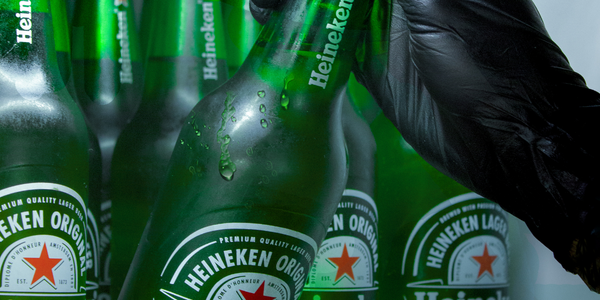
Case Study
HEINEKEN Uses the Cloud to Reach 10.5 Million Consumers
For 2012 campaign, the Bond promotion, it planned to launch the campaign at the same time everywhere on the planet. That created unprecedented challenges for HEINEKEN—nowhere more so than in its technology operation. The primary digital content for the campaign was a 100-megabyte movie that had to play flawlessly for millions of viewers worldwide. After all, Bond never fails. No one was going to tolerate a technology failure that might bruise his brand.Previously, HEINEKEN had supported digital media at its outsourced datacenter. But that datacenter lacked the computing resources HEINEKEN needed, and building them—especially to support peak traffic that would total millions of simultaneous hits—would have been both time-consuming and expensive. Nor would it have provided the geographic reach that HEINEKEN needed to minimize latency worldwide.
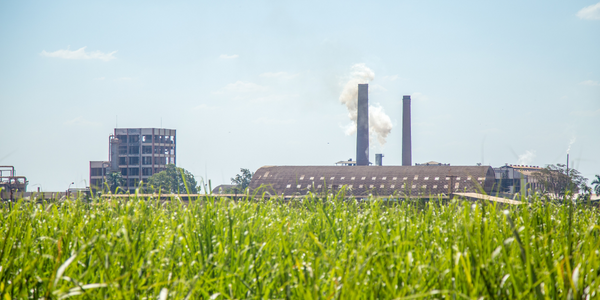
Case Study
Energy Management System at Sugar Industry
The company wanted to use the information from the system to claim under the renewable energy certificate scheme. The benefit to the company under the renewable energy certificates is Rs 75 million a year. To enable the above, an end-to-end solution for load monitoring, consumption monitoring, online data monitoring, automatic meter data acquisition which can be exported to SAP and other applications is required.
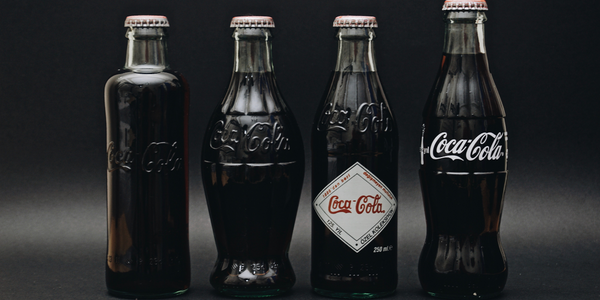
Case Study
Coca Cola Swaziland Conco Case Study
Coco Cola Swaziland, South Africa would like to find a solution that would enable the following results: - Reduce energy consumption by 20% in one year. - Formulate a series of strategic initiatives that would enlist the commitment of corporate management and create employee awareness while helping meet departmental targets and investing in tools that assist with energy management. - Formulate a series of tactical initiatives that would optimize energy usage on the shop floor. These would include charging forklifts and running cold rooms only during off-peak periods, running the dust extractors only during working hours and basing lights and air-conditioning on someone’s presence. - Increase visibility into the factory and other processes. - Enable limited, non-intrusive control functions for certain processes.
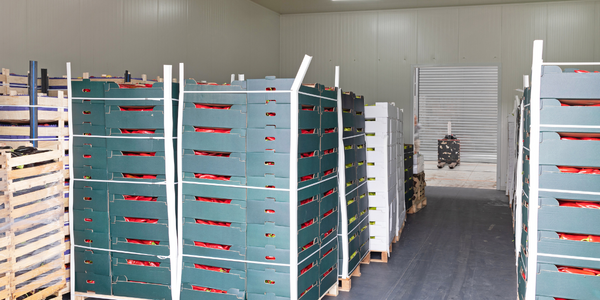
Case Study
Temperature Monitoring for Restaurant Food Storage
When it came to implementing a solution, Mr. Nesbitt had an idea of what functionality that he wanted. Although not mandated by Health Canada, Mr. Nesbitt wanted to ensure quality control issues met the highest possible standards as part of his commitment to top-of-class food services. This wish list included an easy-to use temperature-monitoring system that could provide a visible display of the temperatures of all of his refrigerators and freezers, including historical information so that he could review the performance of his equipment. It also had to provide alert notification (but email alerts and SMS text message alerts) to alert key staff in the event that a cooling system was exceeding pre-set warning limits.
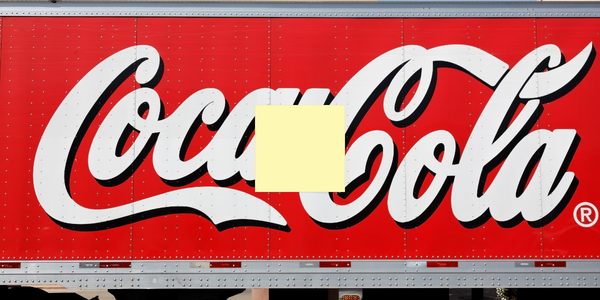
Case Study
Coca-Cola Refreshments, U.S.
Coca-Cola Refreshments owns and manages Coca-Cola branded refrigerators in retail establishments. Legacy systems were used to locate equipment information by logging onto multiple servers which took up to 8 hours to update information on 30-40 units. The company had no overall visibility into equipment status or maintenance history.







